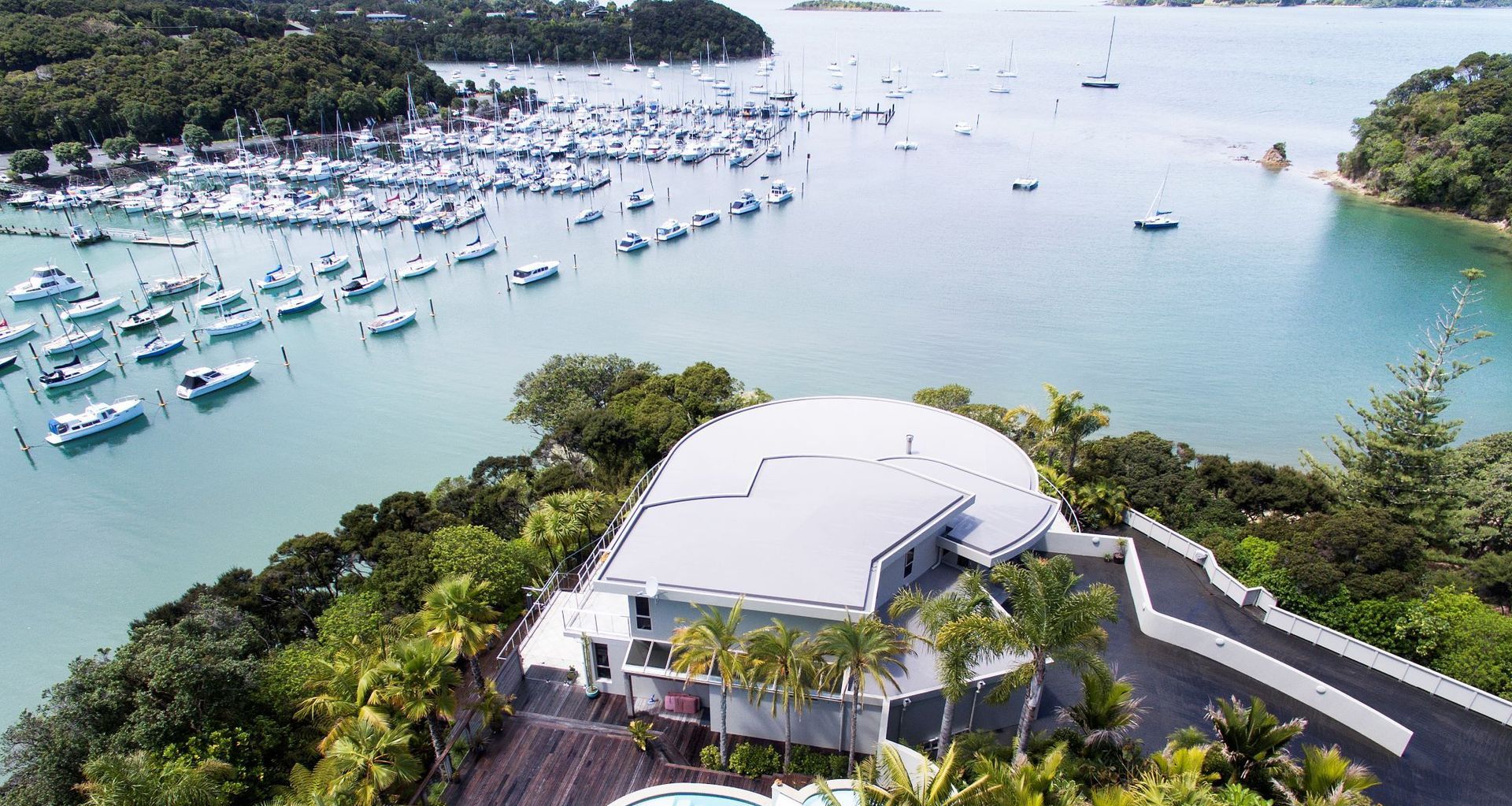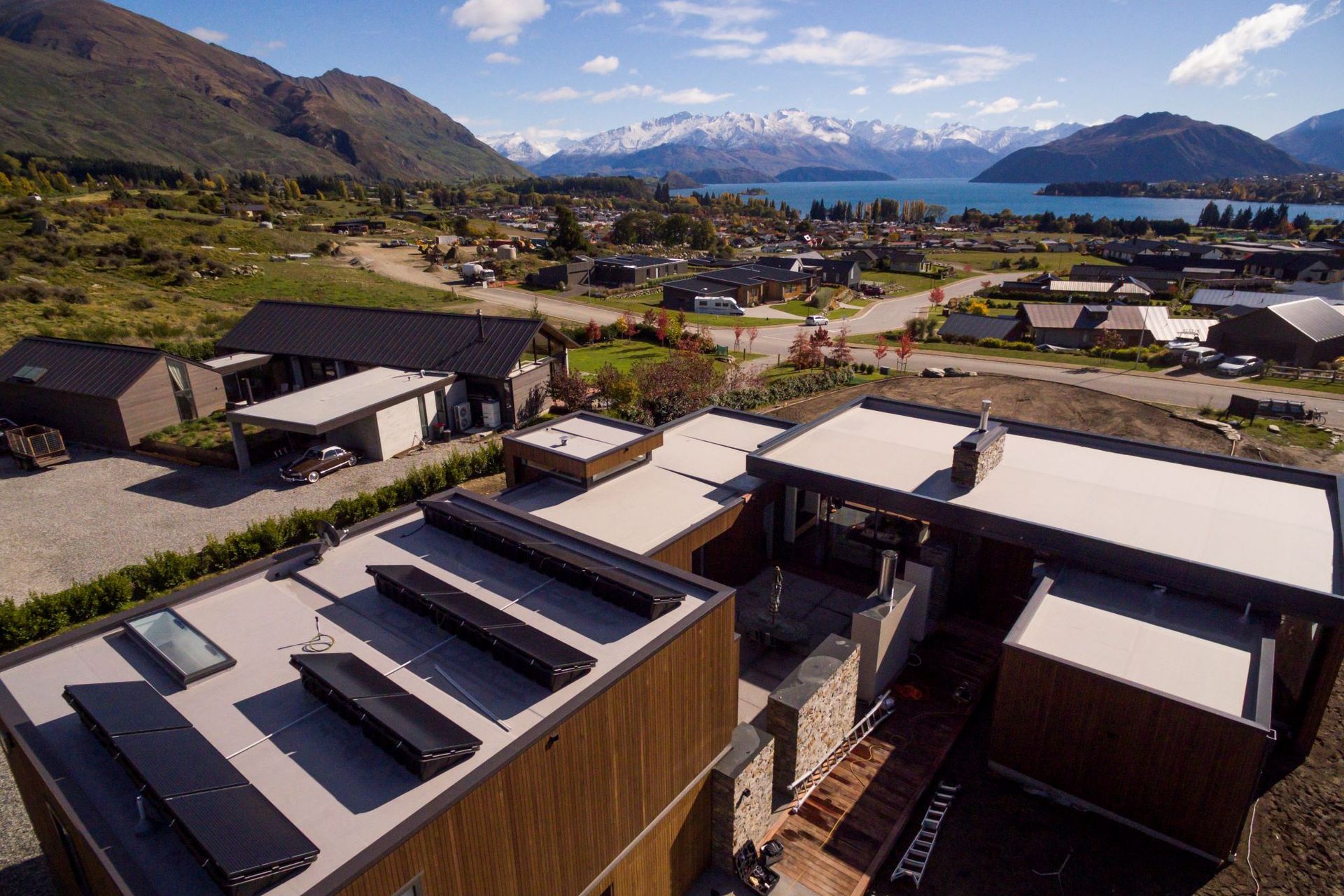Understanding roofing: What is TPO membrane?

What is TPO membrane?
Thermoplastic Olefin (TPO) membrane is a single-ply roofing system that consists of a blend of rubber and various filler materials. It's renowned for its flexibility, strength, and ability to withstand extreme weather conditions. TPO's bright surface reflects UV rays, making it an energy-efficient choice in New Zealand's often sun-soaked climate.
Advantages of TPO roofing
Durability: TPO membranes are known for their robustness and ability to resist various environmental challenges, including exposure to chemicals, ozone, and ultraviolet rays. This makes them a preferred choice in New Zealand's industrial sectors.
Cost-Effective: Compared to other roofing materials, TPO is a budget-friendly option without compromising quality. Its long lifespan also ensures reduced maintenance costs over time.
Environmentally Friendly: With a growing focus on sustainability in New Zealand, TPO's recyclability and energy efficiency align with the country's eco-friendly building practices. Its reflective properties can help reduce energy consumption, leading to lower cooling costs in the warmer months.
TPO roofing in New Zealand
The particular weather conditions in New Zealand, ranging from warm, humid summers to cool, wet winters, demand a versatile roofing solution. TPO's resistance to both heat and moisture makes it an ideal choice for New Zealand's climate.
Moreover, TPO's lightweight nature makes it suitable for various architectural designs in New Zealand. Whether it's a residential home, a commercial building, or an industrial complex, TPO roofing can be tailored to meet diverse requirements.
Making the most of TPO roofing
TPO membrane is more than just a trend in the roofing industry; it's a practical, cost-effective, and environmentally friendly solution. Its unique properties make it particularly well-suited to New Zealand's varied climate and building needs. Whether you're a homeowner looking to renovate or a builder planning a new project, understanding TPO roofing can help you make an informed decision that benefits your wallet and the planet.

